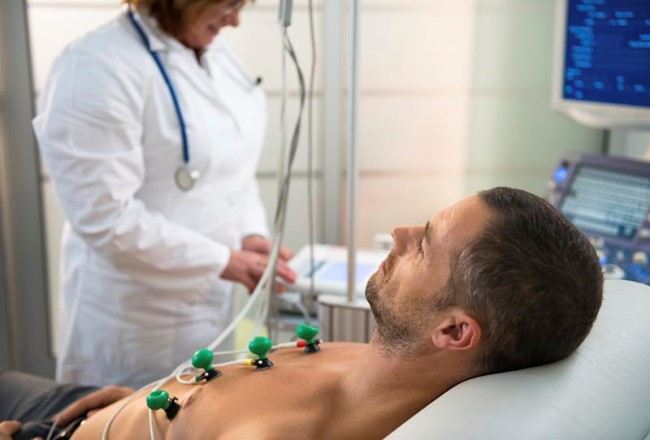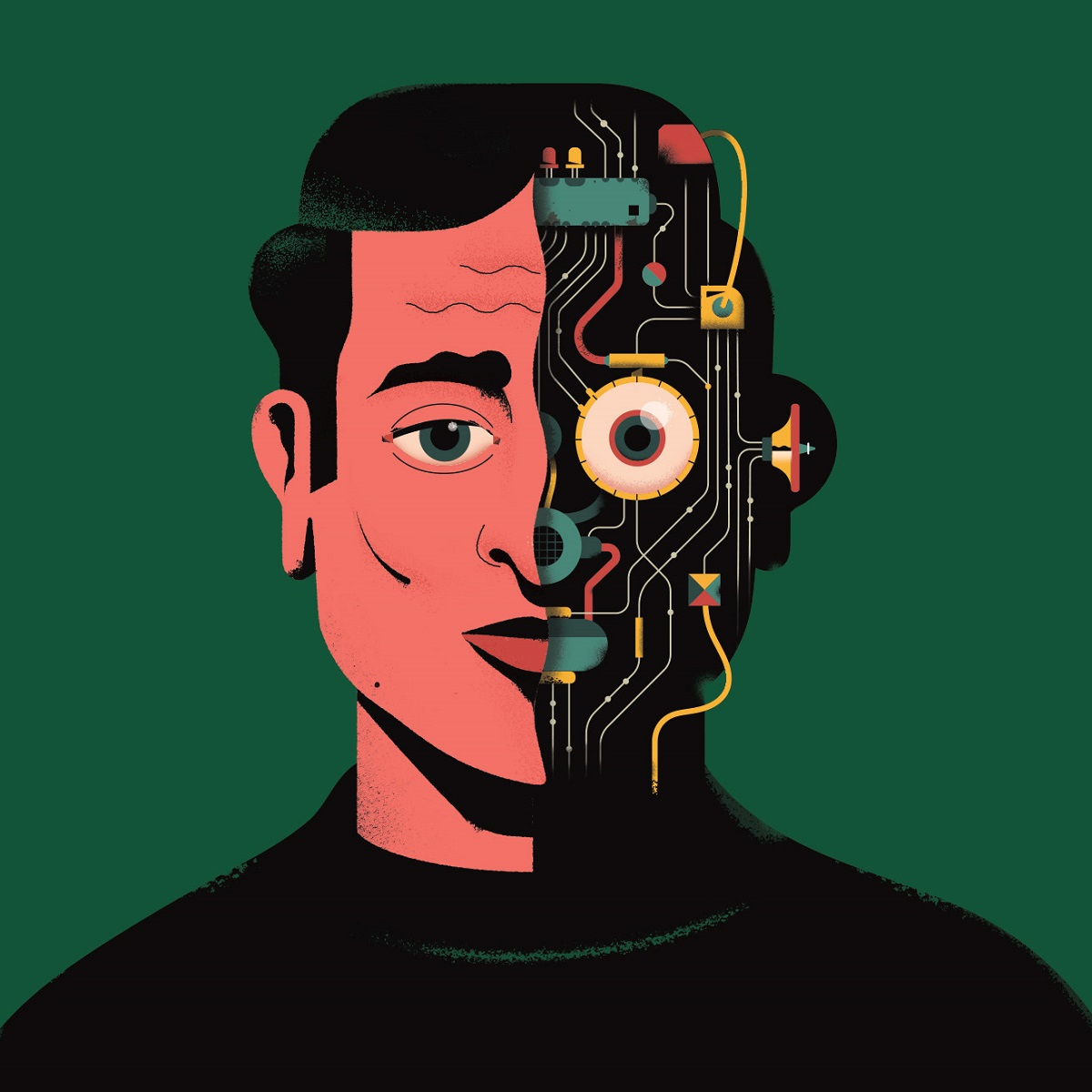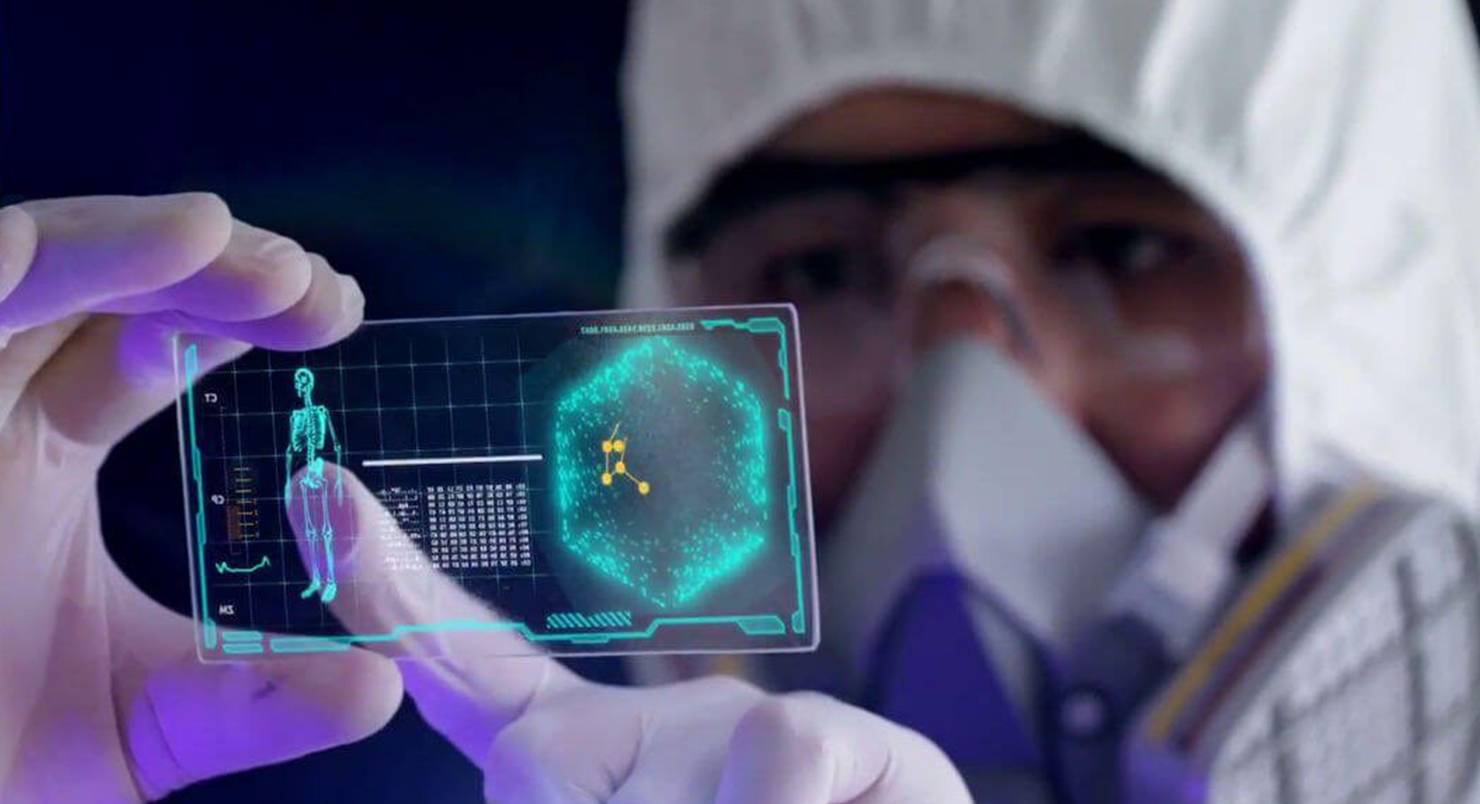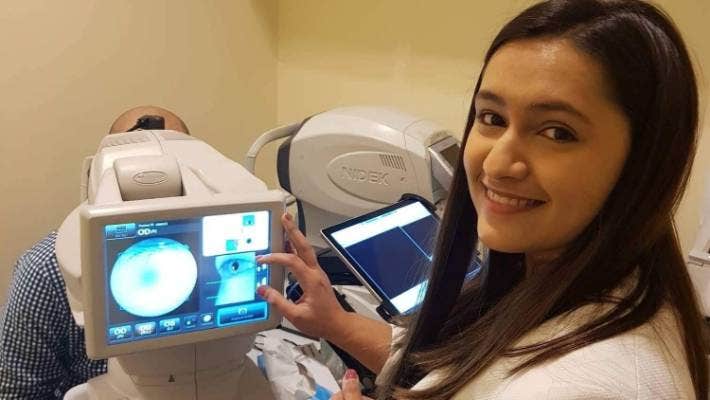Hello!
 The advancement of optometric technology today may seem scary for the average person, which is why many people avoid or regularly postpone their annual eye exams with an eye doctor.
The advancement of optometric technology today may seem scary for the average person, which is why many people avoid or regularly postpone their annual eye exams with an eye doctor.
However, these cutting-edge devices and equipment are non-invasive, quick, and highly accurate in assessing the eye’s health condition. To ease your fears, go here or read on to find out how this new and advanced optometric technology works.
OCT Scans & Digital Retinal Imaging
Eye doctors examine your eyes using cutting-edge digital imaging equipment. Numerous eye disorders, if discovered early enough, maybe effectively treated without causing permanent vision loss.
 Your retinal Images will be digitally saved. This provides the eye doctor with a permanent record of your retina’s health and status.
Your retinal Images will be digitally saved. This provides the eye doctor with a permanent record of your retina’s health and status.
This is critical in helping your Optometrist identify and quantify any changes to your retina each time you have your eyes checked.
Several eye diseases, including glaucoma, diabetic retinopathy, and macular degeneration, are identified via the detection of changes over time.
Among the benefits of digital imaging are the following:
- Rapid, non-invasive, and painless
- It Provides high-resolution pictures of the retina and sub-surface of the eyes.
- Instantaneous, direct visualization of the shape and structure of ocular tissue
- The image resolution is of exceptional quality.
- Utilizes a near-infrared light that is safe for the eyes
- There is no need to prepare the patient.
Tomography of Optical Coherence (OCT)
Optical Coherence Tomography scan, often abbreviated as an OCT scan, is the most recent breakthrough in imaging technology. Like ultrasonography, this diagnostic method uses light rather than sound waves to get better quality images of the back of the eye’s structural layers.
 Similar to a CT scan of the eye, a scanning laser is used to examine the retina and optic nerve layers for indications of eye illness. It operates on the principle of light without radiation and is critical for detecting diseases such as glaucoma and diabetic retinal disease.
Similar to a CT scan of the eye, a scanning laser is used to examine the retina and optic nerve layers for indications of eye illness. It operates on the principle of light without radiation and is critical for detecting diseases such as glaucoma and diabetic retinal disease.
Doctors get color-coded cross-sectional pictures of the retina through an OCT scan. These high-resolution pictures transform the early diagnosis and treatment of eye diseases such as wet and dry age-related macular degeneration, glaucoma, retinal detachment, and diabetic retinopathy.
TONOMETER
This instrument, one of the first, is used to determine the pressure of the fluids within the eyeball.
If the pressure in the eye exceeds a certain point, it may irreversibly damage your optic nerve. Glaucoma is a condition distinguished by increased intraocular pressure. A tonometer determines the eye’s pressure by lightly contacting the cornea.
 A tonometer that comes into contact with the eye necessitates that numbing drops be injected into the eyes. Numerous physicians also use an air-puff tonometer, which blasts air into the eyes, to check for glaucoma or monitor ocular pressure.
A tonometer that comes into contact with the eye necessitates that numbing drops be injected into the eyes. Numerous physicians also use an air-puff tonometer, which blasts air into the eyes, to check for glaucoma or monitor ocular pressure.
Autorefractor
The autorefractor sends light into the eye and measures how it changes as it bounces off the retina. The patient is then given a moving picture that is in and out of focus. Numerous measurements are taken when reflections are formed to determine when the eye is correctly focused.
These final numbers establish the required degree of vision correction. Unlike many traditional refraction diagnostic instruments, some autorefractors use a proprietary wavefront technology algorithm based on a Hartmann-Shack wavefront sensor to evaluate a light wavefront’s many focus points.
It can measure not just the patient’s fundamental refraction error but also a spatially resolved refraction map of the wavefront.
Also read:
- How to be a Pro at Day Trading
- The Ultimate Guide to Securing Your Passwords
- Why Bitcoin will reach 4.000.000$ Per Coin
Scanner for the OPD
 The OPD Scan is a multipurpose device that projections Placido ring pictures onto the cornea to get topographic data. A camera is used to record the reflected view, and image analysis is used to estimate the shape of the cornea. The gadget is also capable of wavefront aberration analysis utilizing Zernike polynomials.
The OPD Scan is a multipurpose device that projections Placido ring pictures onto the cornea to get topographic data. A camera is used to record the reflected view, and image analysis is used to estimate the shape of the cornea. The gadget is also capable of wavefront aberration analysis utilizing Zernike polynomials.
The OPD-Scan completes numerous diagnostic measures in a short time. Angle kappa, HOAs, average pupil power, RMS value, and point spread function. Easy alignment and automated collection of wavefront aberrometry data guarantee reliable results.
To sum up all, diagnosing eye diseases and conditions are made easier and more accurate with this cutting edge equipment.
When eye conditions and diseases are detected early, this paves the way to treating them successfully before they get worse. So, in a way, today’s cutting edge optometric technology contributes a lot in helping treat eye conditions and diseases and improve your overall eye health as well.
Thank you!
Join us on social networks!
See you!






